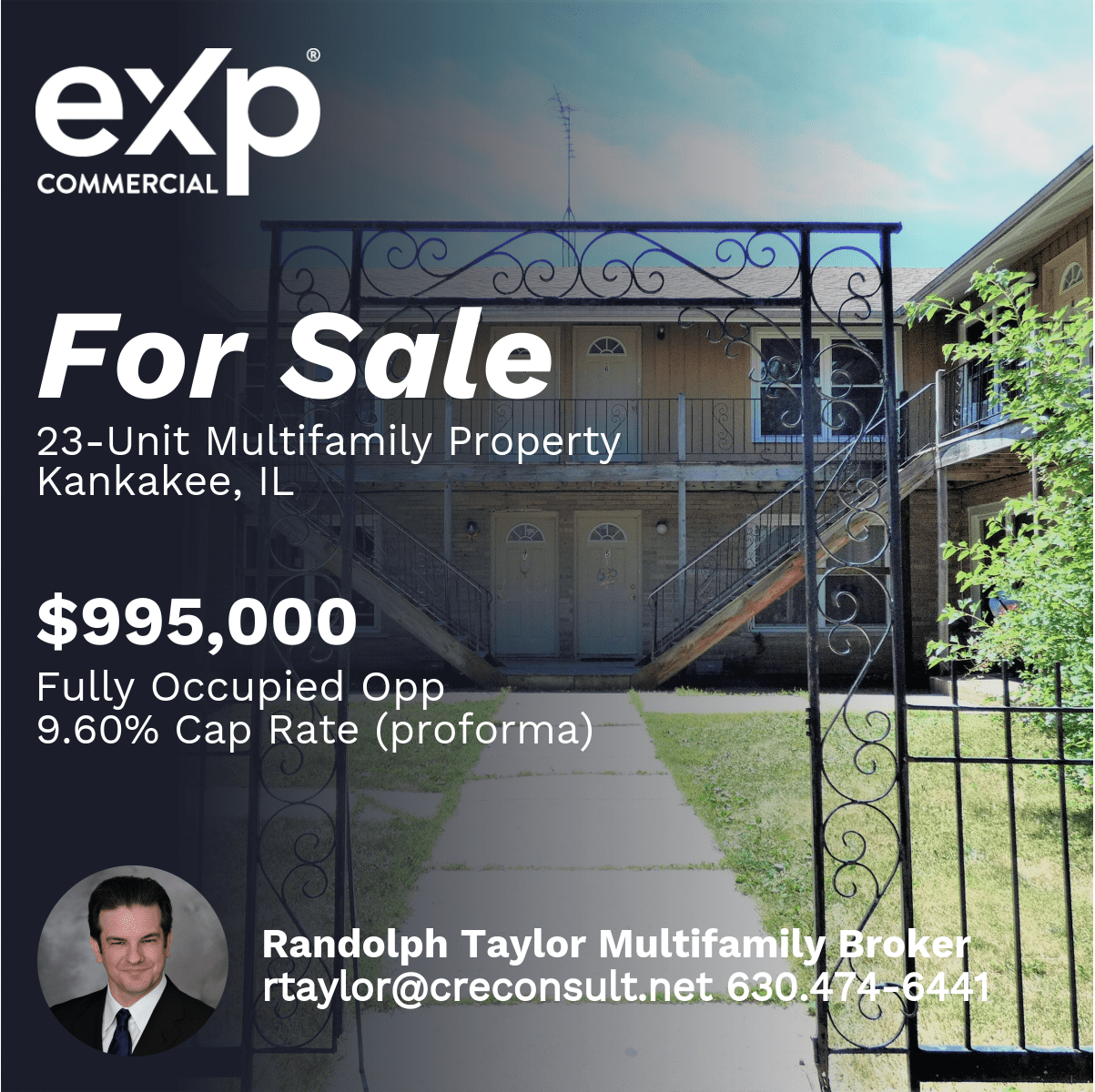
eXp Commercial is one of the fastest-growing national commercial real estate brokerage firms. The Chicago Multifamily Brokerage Division focuses on listing and selling multifamily properties throughout the Chicago Area and Suburbs.
Wednesday, September 21, 2022
Kankakee

Tuesday, September 20, 2022
The changing face of multifamily development in Chicagoland
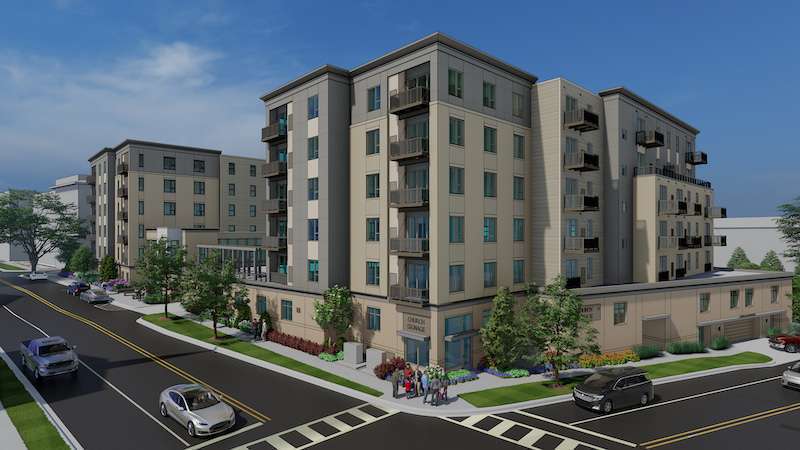
Developers in Chicagoland are responding to continued strong demand for multifamily housing and changing consumer expectations. The pandemic accelerated a trend that was already underway — a shift in consumer priorities from acquiring material things to embracing time, travel, and experiences. Long-term homeowners are taking advantage of a seller’s market for their homes, collecting the proceeds and moving into apartments that require little to no maintenance. Meanwhile, young people who can’t yet afford to purchase a home are renting apartments that provide abundant amenities. These changing dynamics are reflected in recent multifamily sector research.
According to CBRE’s Q1 2022 Apartment Fundamentals report, multifamily occupancy was at about 97% in Chicago. Between Q1 2021 and Q2 2022, vacancies dropped to 3.1% from 6.2%. The report goes further, saying “Total net absorption is forecasted to be a positive 9,027 units, lagging supply during the same period. By year-end 2023, the annualized vacancy rate is expected to be 2.8 percent, while rents are forecasted to grow, reaching $1,989.40 compared to current market rents of $1,760.67.”
For commercial real estate developers and investors, favorable forecasts like these are encouraging. While opportunities are plentiful, developers that understand what is trending from both a development perspective and a design and construction perspective stand to be more successful. Technology is Evolving The vast majority of renters want top-quality amenities, simplicity, and convenience. In addition to clubrooms, pools, fitness centers, and outdoor lounges, a growing number of renters expect “smart apartment” technology. Integrating advanced technology into multifamily projects has become a competitive advantage for developers.Smart apartment systems offer residents fully-connected smart-home experiences controlled by an app on their smartphones. The first systems were introduced in the student housing sector, as college-age students are adept at using apps to control devices and their environment. Now the amenity is gaining traction with residents of market-rate apartments as well.
With smart apartment-managed Wi-Fi systems, residents download an app when they move in, receive a password, and within 10 minutes they can control locking and unlocking doors, the temperature of their apartment, appliances, outlets, and more – from anywhere inside or outside the building. So, instead of each apartment unit having its own network, there is one network throughout the entire building. There’s also a security component that benefits both residents and property managers. For accessing the building and unlocking certain doors, residents swipe their phones to gain access. Property managers can credential residents’ smartphones to access only certain areas of the building. For example, residents must be credentialed to access floors other than where their unit is located. This provides peace of mind to residents and reduces the risk for property managers. Residents can also authorize people outside the building to enter at certain times. For instance, the dog walker who comes every day between 10 a.m. and 11 a.m. can be credentialed to access the resident’s unit only during that timeframe. Everything is tracked, providing visibility to both the resident and the property manager.These systems bring a whole new level of convenience and security but getting them set up can be a challenge for developers. Smart apartment platform providers or “integrators” that create the apps face a challenge coordinating the myriad of Wi-Fi programs and technologies used by manufacturers of appliances, outlets, and the like. Very few systems talk to each other, so integrators basically ride over the top of them and create one app to control everything.
At Opus, we are working with an integrator to create a smart apartment system for our Dash Downers Grove project, a seven-story, 167-unit multifamily building under construction in the Village of Downers Grove. These systems and capabilities are evolving very quickly, so integrators must be nimble.As an industry, we are on the front end of this trend. For projects like Dash Downers Grove, the conveniences of smart-home systems for both residents and property managers will differentiate the property.
Certain Design Amenities are Gaining Traction The pandemic didn’t start the work-from-home trend, but it clearly accelerated it. Because a significant number of renters now work from home, multifamily designs are evolving. Many unit floorplans now have dedicated, semi-private spaces for desks and office equipment. In common areas, work-from-home suites are gaining popularity, providing residents with private space for conducting business. Also popular with residents is flexible seating space within common areas for bringing their laptops and working.
Also likely influenced by the pandemic, resident preference surveys are showing increased demand for private outdoor spaces within each unit, like balconies and terraces. Entertainment amenities like rooftop decks, clubrooms, and outdoor kitchens also remain popular, as well as recreational amenities like fitness centers, pools, and space for bike storage and repair.
ESG Requirements are Accelerating Another trend affecting multifamily developers is increasing ESG (environmental, social, and governance) requirements by capital partners. With regard to environmental concerns, it’s becoming more common that they want to see third-party certification of buildings. Investors, especially European investors, are increasingly focused on what capital partners are doing with regard to ESG. And it’s not green-washing – they want to see real results.
Chicago is an environmentally-forward community. The city has required sustainable features for many years, like a green roof if zoning as PUD (planned unit development). But stricter regulatory requirements in Europe will likely make their way to the U.S. The Task Force on Climate-related Financial Disclosures (TFCD) in the U.K., which is a new international standard for reporting on climate risks, will be mandatory for all fund managers in 2025. Three additional governments are considering adopting the policy: the European Union, New Zealand, and Canada. The Opus Dash Downers Grove project will seek both Fitwel certification and National Green Building Standard (NGBS) certification. Fitwel focuses on quality of life and location – for example, does the project reuse an existing site, does it optimize health within the building and community, and is it close to transit, parking, fresh air, and parks. NGBS is more technical and focused on the building, for example, does it exceed building code, and how efficient is the HVAC system, insulation, windows, and blinds? The increased cost for a building to achieve these certifications can vary, depending on design and construction. At Opus, we already consider environmental impacts as part of our design and construction process, and we are increasingly integrating these standards in our multifamily projects. Trends like smart apartment technology, design amenities, and ESG will continue to evolve. Resident awareness of smart apartments is increasing at a rapid rate, as consumers expect to manage their life via their smartphones. And while the financial sector is currently a driving force with ESG requirements, resident awareness will likely increase with time and become a differentiator for apartment properties.Monday, September 19, 2022
July’s Multifamily Rent Increase Was Best in a Decade – Except for Last Year

RealPage cites a strong month, with pace moderating as expected.
Peak apartment rent growth – as well as the historically high-performance levels seen in 2021 – are by all accounts in the rearview mirror, according to data released this week by RealPage.
Effective asking rents increased by 0.8% from June to July, which represents about one-third of how they performed a year earlier. That moderation was as expected, RealPage said.
The spike in 2022 is nothing to sneeze at, though. It makes it the best performing July in the past decade, which shows just how impressive 2021 was for apartment operators, the company said.
Renewing Renters Paid 11% More in July
July 2022’s number “is a good encapsulation of the state of the apartment market: 2022 has been strong by comparison to any year other than 2021,” Jay Parsons of RealPage, said in a prepared statement.
“As we noted multiple times going into 2022, the historic numbers seen in 2021 are unlikely to be repeated for a long time to come. Year-over-year effective asking rent growth measured 12.2% in July, down from 13.8% in June.”
Replacement rents (actual, signed lease-over-lease trade-out for new leases) increased 17.2% in July, compared to 18.6% in June, RealPage reported.
Resident renewal rent rate increases of 11% in July were similar to what was achieved in June.
Renters in the lower-priced Class C apartment sector paid just 7.8% more than those in Class A and Class B apartments, which saw roughly a 12% increase.
Rising renter incomes continue to help support rising rents and keep rent-to-income ratios steady at around 23%. Household income on average rose 8% year-over-year.
Sunday, September 18, 2022
What the Recent Inflation Numbers Might Mean for Multifamily

While inflation seems to be moderating, don’t expect the Fed to let up.
Inflation numbers for July were a pleasant change from the recent pace, with prices flat from June. But as the National Apartment Association noted in its NAA Inflation Tracker: August 2022, things are more complex and the chances of the Fed stopping the upward march of interest rates is unlikely to happen immediately.
First the good news: the results were the best since May 2020. There are also other signs that inflation may be near contraction, including the Producer Price Index. According to the Bureau of Labor Statistics, the PPI fell by 0.5% in July, seasonally adjusted.
But here’s where things get complicated. “The index for final demand goods fell 1.8 percent in July, the largest decline since moving down 2.7 percent in April 2020,” said the BLS. “The July decrease can be traced to a 9.0-percent drop in prices for final demand energy. Conversely, the indexes for final demand foods and for final demand goods fewer foods and energy rose 1.0 percent and 0.2 percent, respectively.”
The line from producer prices to consumer isn’t necessarily straightforward, but as the NAA noted, “The breather in price hikes was due to energy prices, which fell 4.6% over the month. Food prices continued to climb, however, notching another increase in excess of 1.0%. Core CPI rose 0.3% over the month, slower than the prior 3 months, but disturbingly high for prices that are considered to be more “sticky.” The largest increases in core CPI were car insurance (1.3%), car maintenance and repair (1.1%), and rent (0.7%).
So, a drop in energy prices masked an increase elsewhere, which means that in one part of life, consumers will feel a benefit, but not in most.
Total shelter costs compose about a third of CPI. “Owners’ equivalent rent, which is the price owner-occupiers think they could attain if they rented their homes, increased 5.8% while rent of primary residence was up 6.3% year-over-year, another 36-year high,” the NAA said. And those numbers lag actual changes in house costs because the data isn’t collected as often as other parts of CPI. Rents may not yet have hit a peak.
That will push people to look for greater pay to keep up with the cost of living, adding to tensions over employment. The last two months have seen big jumps in hiring, which is a big indicator to the Federal Reserve that the economy hasn’t slowed down enough. It seems unlikely that the Fed will back off from additional interest rate increases, which means higher construction and repair costs in the multifamily industry.
Saturday, September 17, 2022
Sacrificing space: Why are U.S. renters downsizing?
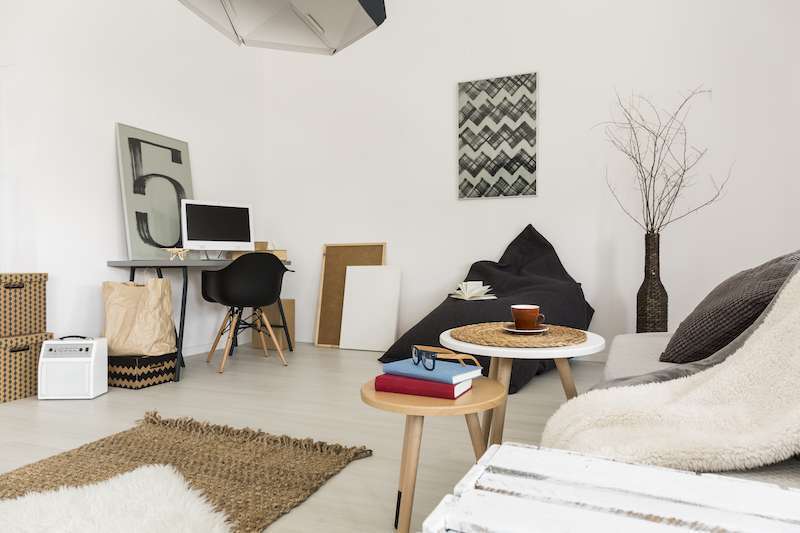
In today’s housing market, future homeowners must compromise to save for a down payment. One way to put aside money for a first home? Give up a little space.
In fact, RentCafe found that renters who dream of transitioning to homeownership could save an average of $3,735 per year by simply downsizing by just one bedroom — a sacrifice many renters are jumping on. Nearly 4,000 RentCafe website visitors revealed that 36% of renters were willing to use this method in order to afford their first home.
So where in the nation can renters save up the fastest for a down payment by surrendering one bedroom in their current rental? Well, Chicago secured the No. 4 spot on the Top 50 list, despite having some of the smallest apartments nationwide.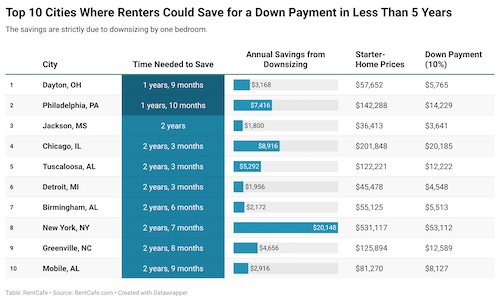
Friday, September 16, 2022
Rent Growth Diverging Across Office and Multifamily
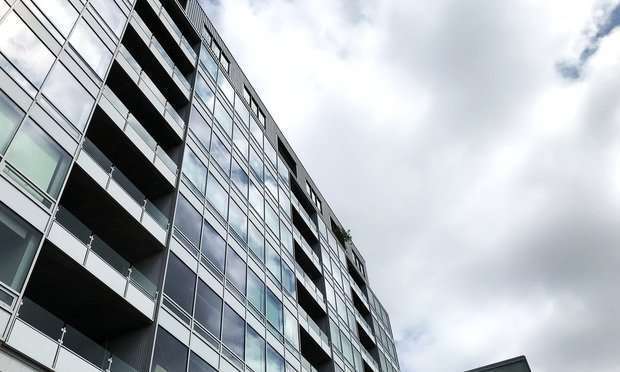
Analysts call the aberration a “great divergence.”
Rent growth across the office and multifamily sectors are no longer in lockstep, disrupting a lengthy period in which the sectors typically followed the same trend, according to a new analysis from Moody’s Analytics.
Last year marked the only time that rents for office and multifamily actually went in opposite directions, analysts say, calling the aberration a “great divergence.”
“Companies haven’t fully reopened offices, but households come back to cities anyway,” they say. “Further, in a rebuff of the historic link – it wasn’t just suburban apartment markets feeling the positive demand shock, dense urban areas bounced back, with many having apartment rent levels that have now fully rebounded.”
Office market performance in cities like New York, Tampa, Orange County, Charleston, and Greenville also trended below the US average, with asking rents ticking up 0.8% from 2021 to 2022, but multifamily rents in the same markets “skyrocketed.” And in Minneapolis, St. Louis, and Columbus, all of which experienced office markets that were above average last year, the apartment market is performing far below the national average.
“If people choose where to live based on their office locations, this divergence should not be as evident,” the analysts say. Lifestyle must play a very critical role in this divergence, though the single-family market, zoning regulation, industry types, and other factors affect it as well.”
San Francisco, Jersey City, Manhattan, Philadelphia, and Boston saw the sharpest spikes in lease applications from Gen Z renters in the past year, with increases of up to 101%, according to a recent RentCafe survey. Zoomers also account for more than one-quarter of active renters in the past year in San Diego, Los Angeles, Manhattan, and Philadelphia.
But Moody’s also said it would be “premature” to say that remote work has no negative impact on urban apartment markets.
“It is likely that as households age into child rearing, the typical pull of suburban/exurban life could become stronger in an era of hybrid and fully remote office work,” they say. “But it is also true that a particular lifestyle only exists in dense urban areas.”
Ultimately, whether this shift is temporary or permanent remains to be seen: If the prevailing trend of modern life had been households following work, we may now be entering an era where work is following households,” the analysis states.
“At a minimum, the link between office and multifamily performance has dramatically weakened over the past year,” they write. “The US economy is based heavily in the production of knowledge, and the main resource in the process is skilled labor. If firms still believe there is value in the office, even in a hybrid capacity, they will look to locate within striking distance of those workers. The link may not be permanently broken after all, but instead, economic strength may be diversifying and shifting towards where people want to be. Time will tell how this dynamic between office and apartment property types plays out.”
Des Plaines
Commercial Real Estate Market Trends: 2025 Industry Insights
Introduction In 2025, the real estate world looks different. Warehouses are booming, retail is rebounding, and suburban office spaces are ou...

-
Just Listed: Golf Sumac Medical Offices | Des Plaines IL Price: $3,900,000 SF: 35,245 Stories: 3 Occupancy: 82.3% Cap Rate: 9.63% * Stabiliz...
-
🚨 Auction Alert 🚨 I’m excited to announce that a prime 17.25-acre residential development property at 150 Harbor Club Dr, Hobart, IN, is g...
-
🚨 Auction Alert 🚨 I’m excited to announce that a prime 17.25-acre residential development property at 150 Harbor Club Dr, Hobart, IN, is g...